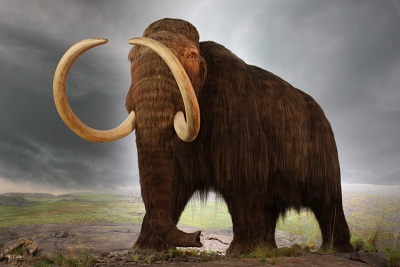Predicted Extinction Numbers Skyrocket

Over the course of the next century, scientists believe one of the biggest mass extinctions will occur. According to a study published in the Science journal, one in six species will go extinct in the next hundred years.
These extinctions will be due to global warming, and South America will see extinction rates at four times higher than those of the United States and Canada. “This is evidence that we’re pushing the earth to a place where it has either never been or has not been for a very, very long time,” said Janneke Hille Ris Lambers, a professor of biology at the University of Washington.
Many scientists are trying to predict which species will be eliminated in the next few years. A study from 2013 showed 82% of California’s fresh water fish will become extinct or reach startlingly low numbers. Even slight temperature or climate changes could have a huge impact on extinction rates. For example, if the temperature goes up by 3.6 degrees, the extinction risk could possibly double. Currently, 2.8% of species are at risk for extinction, and if the temperature goes up by just two degrees, 5.2% of all species would be put at risk, but if the temperature goes up by 7 degrees, which scientists say is very likely, 16% of all species would be at risk, which is one out of six species in danger of becoming extinct.
Many areas in the world have endemic species (species who are native only to a small area in the world), which are at a much higher risk of extinction than worldwide species. One example of a species at high risk of extinction is the Tuatara. The Tuatara is a type of lizard that lays eggs that hatch as females if the nest is cool, and males if the nest is warm. With the temperatures rising, these lizards are laying more and more males and less females which puts them at risk because without females, reproduction is impossible.
Scientist Mark Urban says, “ The new study has many limitations. There is very little data available about extinctions throughout much of Asia. Global extinction rates also can’t take into account how climate change affects predator and prey relationships, or how fast or slowly plants and animals might move to new habitats.” He continues, “All I can say is this is the best information we have now.”






Olivia • Sep 11, 2015 at 1:10 pm
this is sooo good! your destined to become a writer!